Customers rely heavily on product descriptions to make online purchase decisions. If they understand how a product solves their problems and aligns with their values, they’ll buy.
If they don’t like your product content, they’ll switch to another option. Because of that, well-written product descriptions increasingly become crucial to ecommerce success.
Here are seven excellent product description writing examples from top companies that will teach you how to create high-converting product descriptions of your own.
1. Califia Farms
Califia Farms sells a wide variety of dairy-free creamers, probiotic yogurt, and cold-brew coffee. Their product detail pages (PDPs) give customers all the essential information they need when shopping for plant-based, dairy-free milk, including nutrition facts, ingredients, and recipes.
For example, the brand uses badges to present the benefits of their original barista blend above the fold, which is great for catching shoppers’ attention the moment they land on the page.
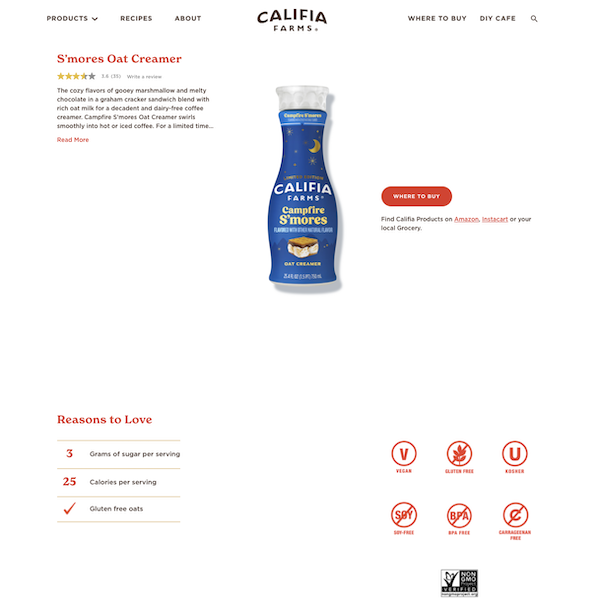 Image Source: Califia Farms
Image Source: Califia Farms
When writing product descriptions, think about what your target customers want and how your product meets their expectations. Then, make those pieces of information as noticeable as possible on product pages.
2. Revlon
Revlon is another excellent example of providing detailed descriptions on product detail pages. On each page, the brand shows a short but solid product description and uses bullet points to showcase the benefits.
 Image Source: Revlon
Image Source: Revlon
Notice how Revlon’s product description is written — it gets to the point quickly. The brand also uses sensory words like glossy, iridescent, and luminous to dazzle customers while reading the description.
3. Cracker Barrel
Letting customers know when they’ll get their order from the get-go is an effective strategy to keep their expectations under control, improve the shopping experience, and demonstrate transparency.
Cracker Barrel does a great job of applying this strategy. For example, Cracker Barrel’s product page provides a detailed table of shipping information, including delivery times and shipping costs.
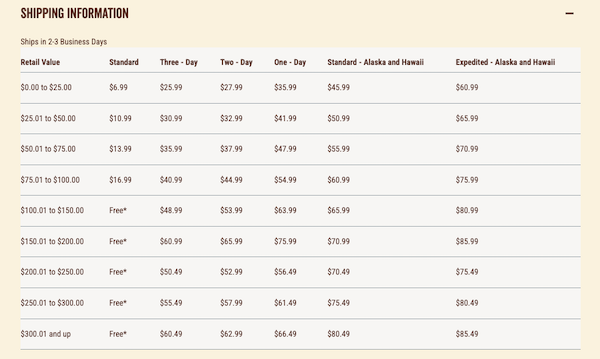 Image Source: Cracker Barrel
Image Source: Cracker Barrel
You can start applying this strategy by collecting shipping information from your delivery service providers.
To ensure the information is accurate and up to date, implement a product information management (PIM) system to centralize your source of truth, making it easier for you to track, edit, and update content at any time.
4. Nintendo
Brands that use enhanced content see 15% higher conversion rates. Enhanced content refers to visuals that go beyond traditional product photos — for example, lifestyle images, videos, and 360 spins.
Enhanced content allows customers to get a better sense of whether or not your product is the right fit for them, which helps reduce product returns and increase conversion rates.
Take Nintendo as an example. When you go to Nintendo’s Super Mario Bros. Wonder Game product page, you can see many great product photos, plus high-definition videos promoting the game's features. 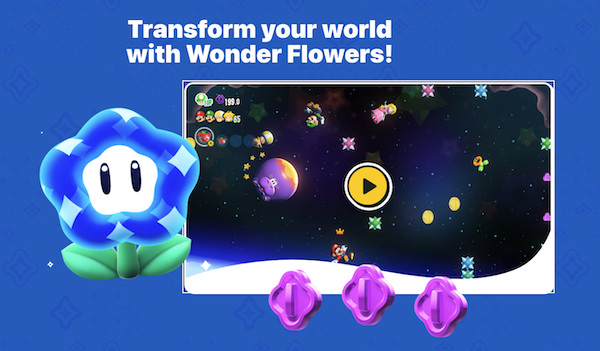 Image Source: Nintendo
Image Source: Nintendo
By embedding video in your product page as Nintendo does, you can help facilitate the buying journey and get more purchases.
5. Clorox
Clorox’s product description clarifies what the product is and why it’s valuable right at the top of the page. The brand uses bullet lists to communicate quick, scannable benefits.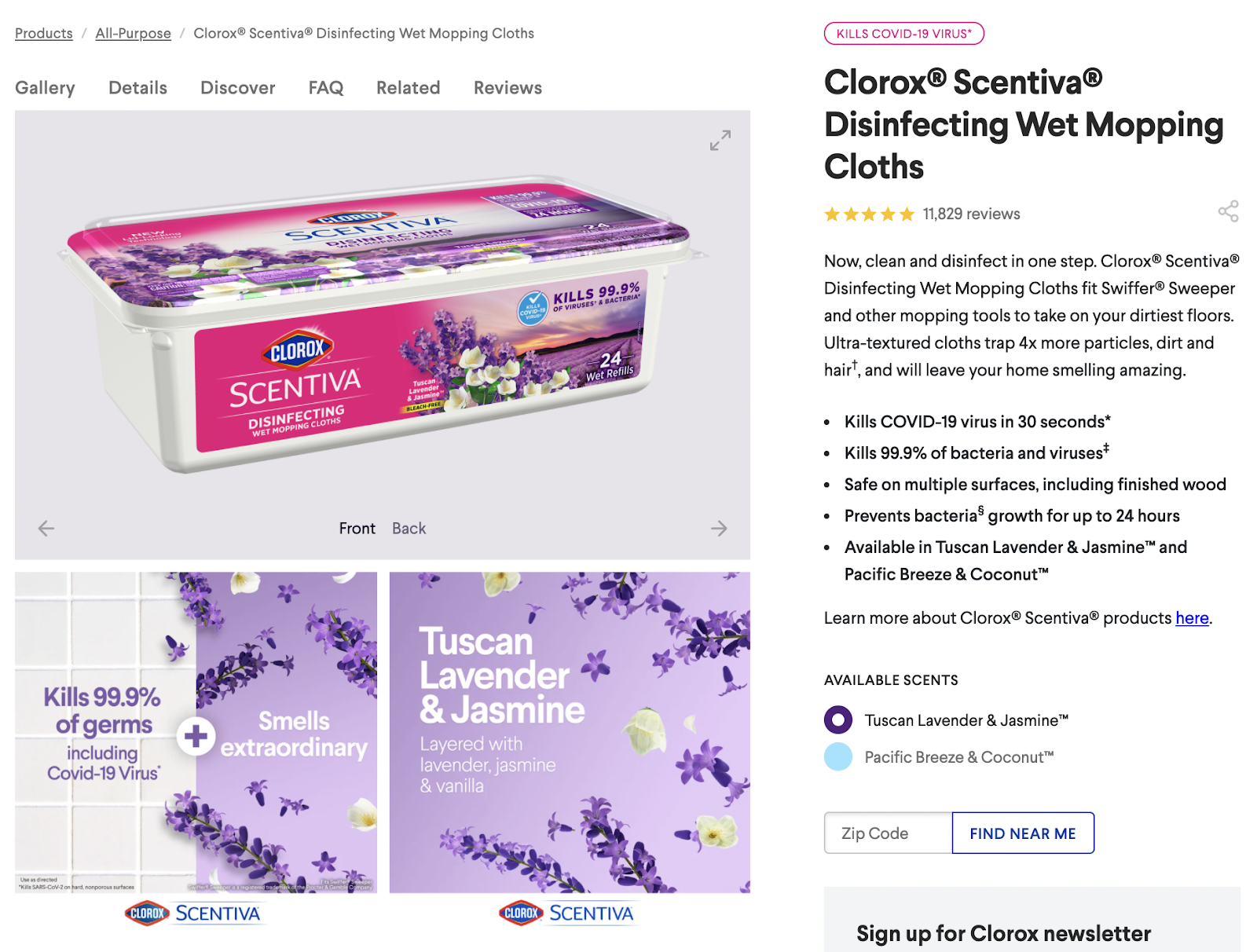 Image Source: Clorox
Image Source: Clorox
Clorox also understands and addresses customer concerns by providing answers to frequently asked questions (FAQs).
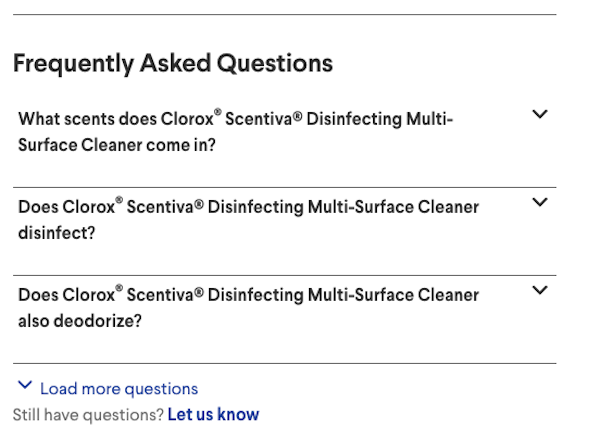 Image Source: Clorox
Image Source: Clorox
Site-authored FAQs are helpful to keep product descriptions short while giving customers the self-service they want — they can find answers to common questions without reaching out to you.
6. McCormick
Since site-authored FAQs are a widely used approach, you may want to combine them with community-driven Q&As. 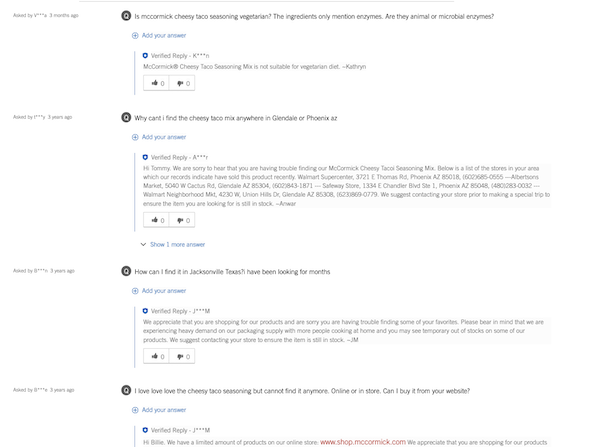 Image Source: McCormick
Image Source: McCormick
McCormick makes their Q&A section user-friendly. Here a customer can use the search tool to find answers to their question. Or, they can click Ask a Question to share their problems, which can be solved by the brand or other customers.
According to Baymard, a community-driven Q&A is valuable because it can “reveal questions that the site’s copywriter didn’t necessarily think of when writing the product description and FAQ section.” It also helps increase the credibility of product claims as the answers can be contributed by actual customers.
7. Levi’s
Reviews are essential for establishing trust on the digital shelf. According to PowerReviews, reviews and ratings are the second most impactful factor in holiday purchase decisions. Approximately 71% of consumers said reading reviews influences what gifts they buy for others, and 68% indicate this content determines what they shop for themselves during the holidays.
Many brands like Levi’s successfully take advantage of this content to increase consumers’ buying confidence in their website.
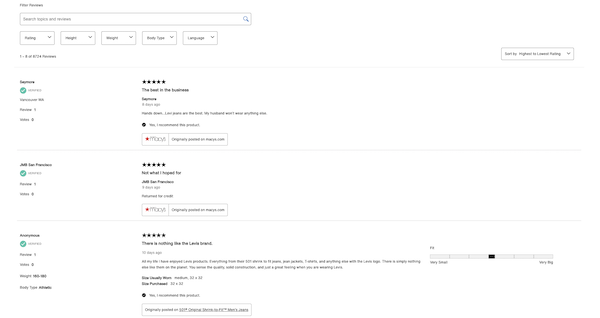 Image Source: Levi’s
Image Source: Levi’s
On the product page, Levi’s allows customers to leave reviews and find reviewers like them using filters. They even let customers search for negative feedback, which helps make their good reviews look more authentic and increase brand trust.
Product Description Writing Example Pro Tip 1
If you don’t have as many reviews on product pages as Levi’s does but receive a lot of great testimonials on Instagram, you can bring that positive feedback to your website by embedding an Instagram feed. Tiny Love (acquired by Dorel) applies this tactic really well: 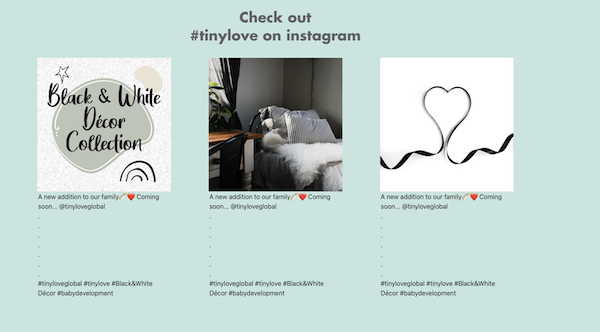 Image Source: Tiny Love
Image Source: Tiny Love
Apart from adding authentic content to your product page and increasing purchase confidence, this technique is also useful to drive engagement and new following to your Instagram account.
Product Description Writing Example Pro Tip 2
If you want to increase customers’ trust in your reviews, show if a purchase has been verified next to each review. Here is an example from Melissa & Doug’s Amazon page. 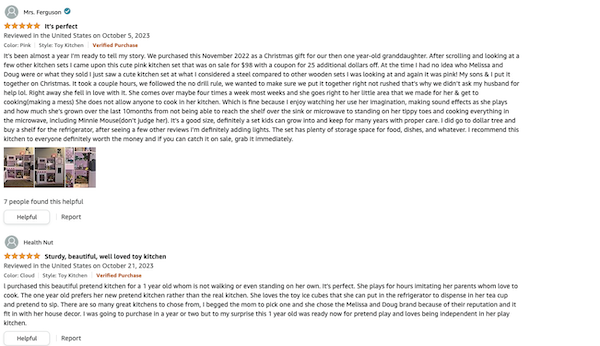 Image Source: Melissa & Doug Amazon Page
Image Source: Melissa & Doug Amazon Page
PowerReviews and Northwestern’s research found that reviews from verified buyers have 6.5% more “pros” tags and 50% fewer “cons” tags on average than anonymous reviews. This proves that reviews from verified customers are more positive than those from anonymous ones.
Time to Revamp Your Product Descriptions
Product descriptions are what customers use to determine if your products suit their needs and expectations — they’re the lifeblood of your digital shelf.
These seven product content examples offer excellent tips and tricks for creating engaging, structured product descriptions.

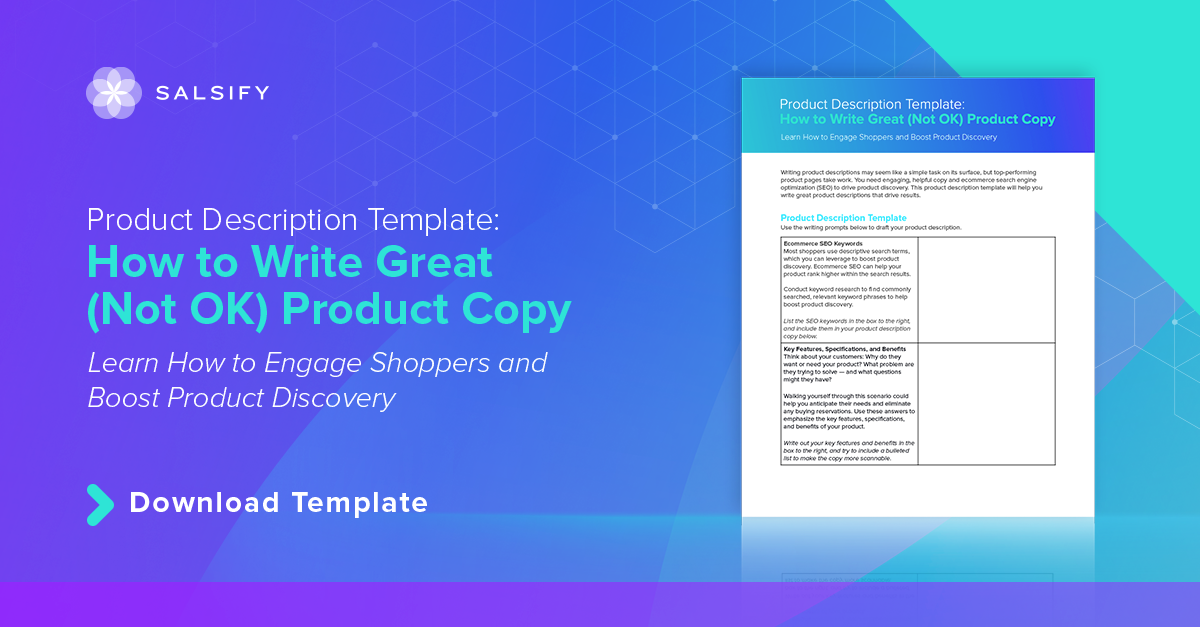

.svg)